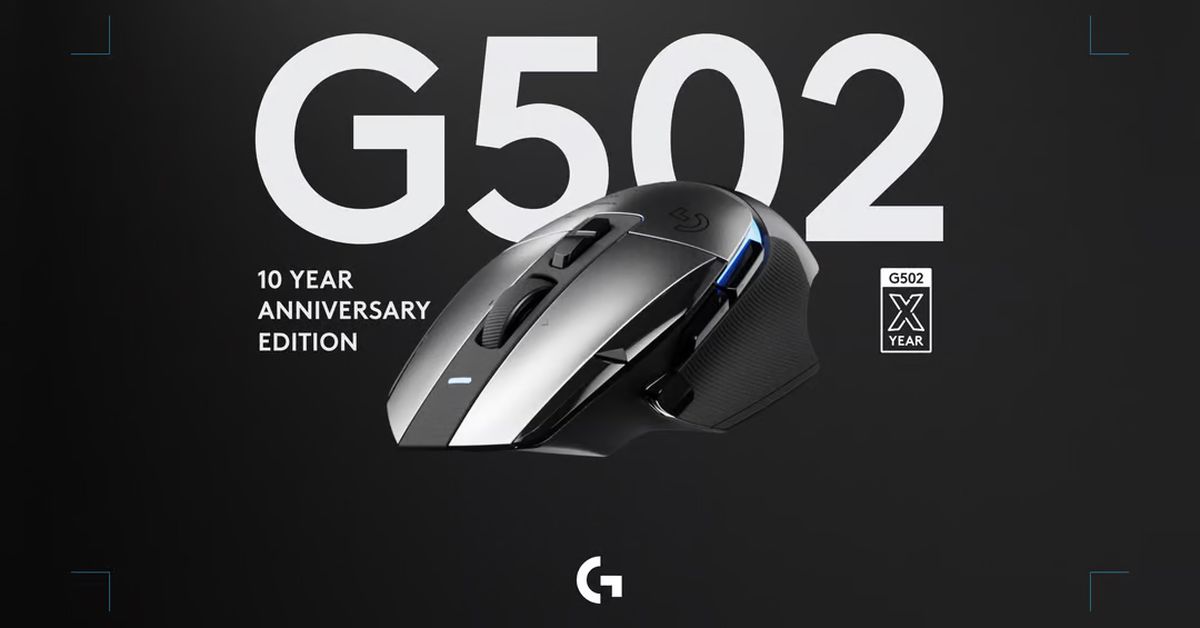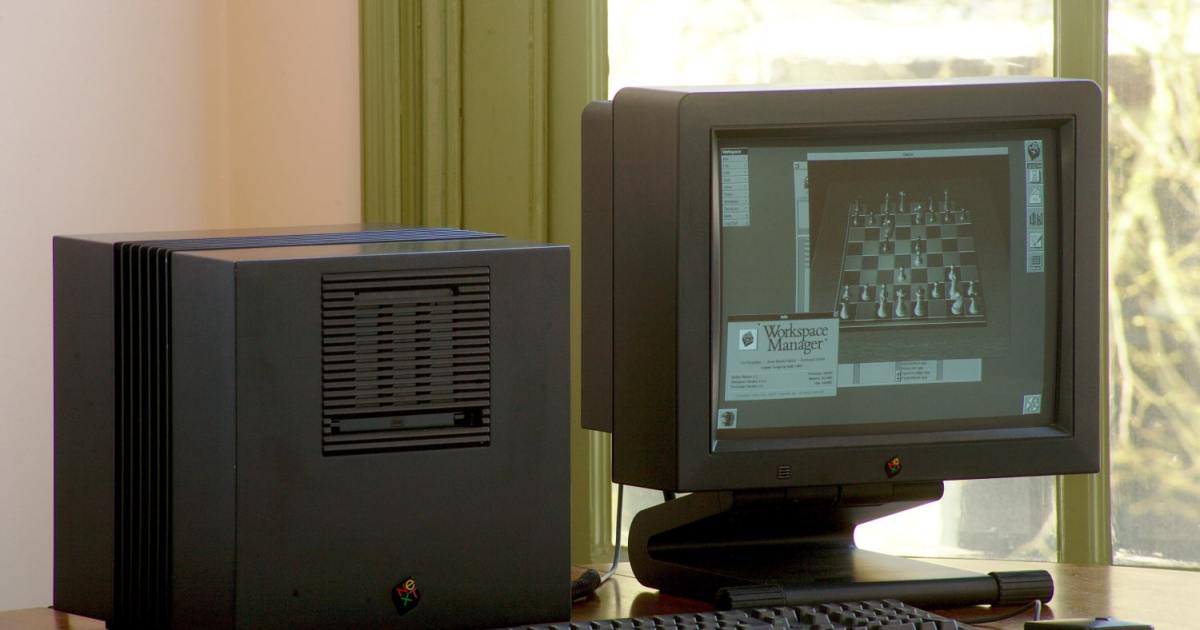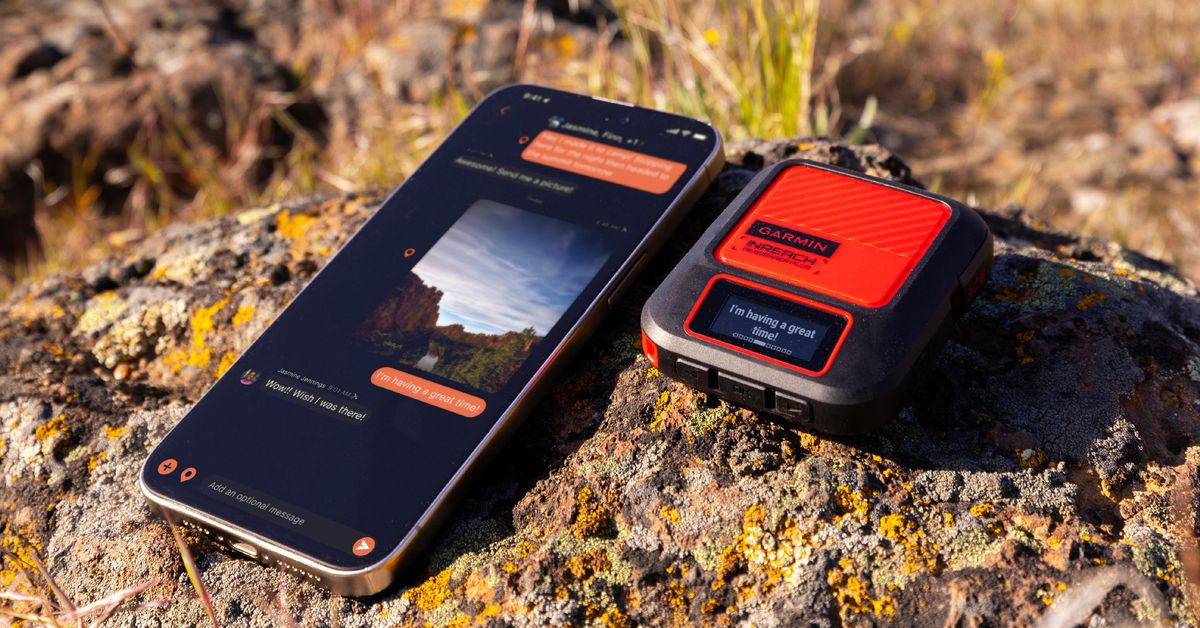
Helixx planea aplicar economía de comida rápida y precios de Netflix a los vehículos eléctricos
El cofundador y CEO de Helixx, Steve Pegg, ve en Daisy, la furgoneta de reparto prototipo impresa en 3D de la startup, una segunda oportunidad. Y está llevando a cabo...
When Steve Pegg, co-founder and CEO of Helixx, gazes at Daisy — the startup’s 3D printed prototype delivery van — he envisions a fresh start. Drawing inspiration from McDonald’s, Pegg aims to revolutionize the concept of car manufacturing. Daisy, showcased for the first time at the Goodwood Festival of Speed, is a remarkable proof of concept. Almost every component of Daisy has been 3D printed using 14 consumer printers, resulting in a distinctive appearance resembling a professional-grade printer's hallmark layer lines.
Helixx's vision goes beyond offering an affordable $6,000 van with Daisy; it focuses on reimagining the entire car production process. The plan is to establish pop-up factories near densely populated urban centers worldwide to manufacture hundreds of thousands of these compact vehicles. Interestingly, Helixx's revenue model is not centered on manufacturing but rather on the groundbreaking approach to vehicle production.
Pegg, with extensive experience in automotive logistics, emphasizes the swift establishment of factories staffed by minimally trained workers, drawing parallels with the McDonald’s franchise model. Volume plays a crucial role in Helixx’s strategy, mirroring the efficiency-driven concept of the fast-food giant. The company seeks partners interested in entering the last-mile mobility-as-a-service sector with full control over manufacturing. In exchange for a fee, Helixx provides a comprehensive platform covering all aspects from component sourcing to fleet management, leveraging the Siemens Xcelerator platform.
The Helixx van, designed for commercial purposes, targets cities like Jakarta and Bangkok, offering an eco-friendly alternative to traditional modes of transportation. Daisy, officially known as the Helixx Cargo, operates on swappable lithium-iron phosphate cells, allowing quick manual replacements akin to the Gogoro model. Falling under Europe’s L7E Heavy Quadricycle category, Daisy boasts a modest maximum speed and minimalistic design features to cater specifically to work-oriented users.
Helixx's innovative approach extends to its revenue streams, including service fees per vehicle produced and royalties on vehicles in service. Moreover, the company plans to monetize vehicle usage data, potentially appealing to urban planners and fleet management services. With a subscription-based model resembling streaming services, Helixx aims to achieve high utilization rates by offering vehicles on-demand to subscribers.
In essence, Helixx envisions a future where modular factories efficiently produce a variety of vehicles, starting with the Daisy van. The company’s partnership approach and unique revenue model could disrupt the automotive industry, offering a cost-effective and sustainable alternative for urban transportation challenges.




